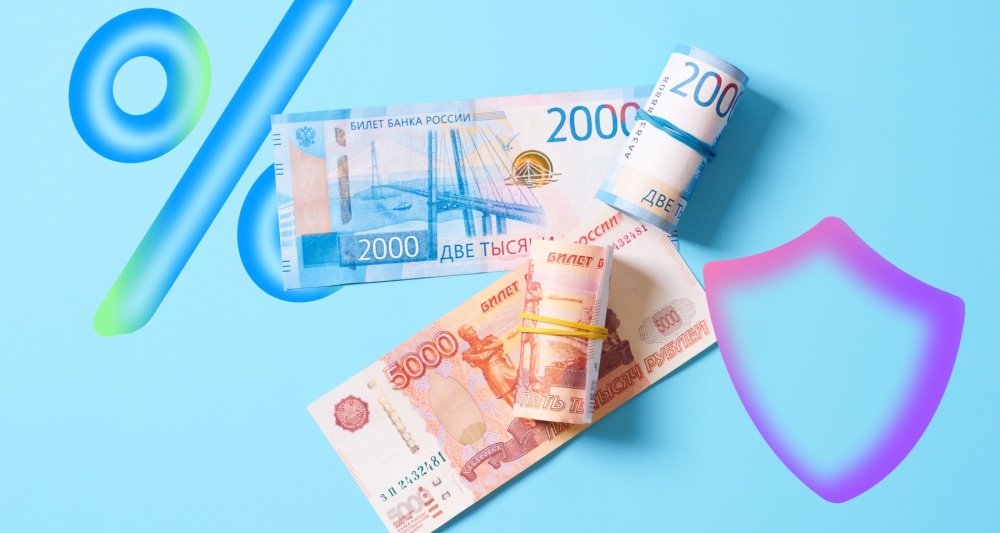International rating agency Fitch Ratings has assigned long-term foreign and local currency issuer default ratings (IDRs), outlook negative, to Bank Kedr, the agency said in a press release, specifying that a short-term foreign currency IDR of B was also bestowed, as well as the long-term national scale rating of BBB-(rus), outlook negative, the viability rating of b and the long-term IDR support rating of No Floor.
Fitch pointed out that Bank Kedr’s IDRs are based on its viability rating of b, which takes into account the bank’s small franchise, “weaknesses in asset quality, moderate capitalisation and poor profitability”, and also “the bank’s highly granular customer deposit base and limited wholesale debt”.
The negative outlook reflects potential risks to Bank Kedr’s former investment in a bank, the license of which was withdrawn in March 2014. The lender’s aggregate risk exposure under this item as of end-9M 2013 was equal to 0.4 of Fitch Core Capital (FCC). Bank Kedr managed to get back the money shortly before the license withdrawal from said bank, but Fitch thinks the Deposit Insurance Agency (DIA) could challenge these operations, and this could produce an impact on the bank’s capitalization.
The agency also noted that the bank has sizeable exposure to the real estate and construction sectors. During the January — September period of 2013 Bank Kedr’s investment in non-core assets amounted to a high 0.6x FCC, while loan exposure to the real estate and construction sectors equaled 0.9x FCC.
Positively, Fitch points to the bank’s moderate non-performing loans (4.1%), sufficient reserve coverage (108%) and the corporate loan book concentration was reasonable and it is reasonably secured. The retail credit portfolio (42% of all loans at end-9M 2013), as the agency specified, is mainly represented by unsecured consumer loans granted under payroll schemes.
During the reporting period Bank Kedr’s FCC ratio was a reasonable 13%. The bank’s total regulatory capital ratio was a low 11% at end-2013. Fitch thinks the bank’s capital position is tight in light of weak internal capital generation (ROAE of 5.7% in January — March 2013) and the substantial exposure to high risk non-core assets and development loans.
The bank’s liquidity is supported by highly granular retail funding (73% of total liabilities at end-9M 2013) and the comfortable buffer of liquid assets, sufficient to withstand a 19% outflow of customer accounts at end-2013. Fitch also noted quoting the bank’s quarterly report that customer funding has been stable so far.










